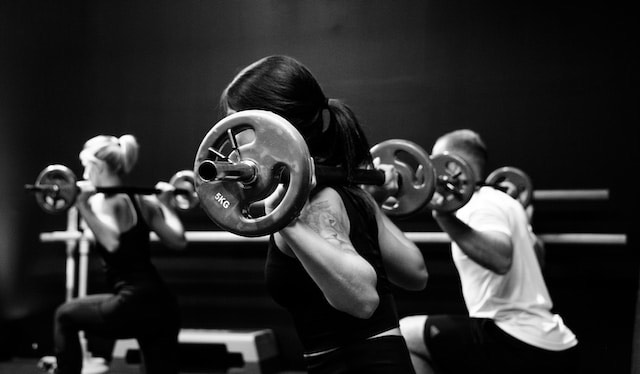Your Ultimate Guide to Getting the Best Results at the Gym

Getting the most out of your workouts in the gym requires a mix of commitment, making decisions based on accurate information, and maintaining a consistent work ethic. The majority of individuals start their path toward improved health and fitness with excitement, but maintaining that excitement and ensuring that their efforts produce the desired results may be difficult. This article will give an organized method to assist people in optimizing their gains and ensuring that every exercise counts.
1. Establish Clear, Achievable Goals: The Power of Vision
Setting definitive and realistic goals is the cornerstone of any successful fitness journey. Whether the aim is muscle gain, fat loss, or improved stamina, having a clear target provides direction and purpose to one’s efforts. This eliminates aimless routines and ensures that every workout contributes to a broader objective. Furthermore, setting and achieving short-term goals can provide motivation and a sense of accomplishment. Over time, these smaller milestones pave the way to long-term success and transformation.
2. Design a Balanced Workout Routine: Diversity is Key
Sticking to the same routine can lead to plateaus and decreased motivation in the fitness journey. A well-rounded workout regimen should incorporate a mix of strength training, cardiovascular exercises, and flexibility workouts to ensure a balanced approach. This diverse mix ensures that all muscle groups are engaged, promoting functional fitness and preventing imbalances. Additionally, changing routines can keep the workouts exciting and challenging, reducing the risk of boredom. Regularly introducing new exercises or formats can also boost endurance and strength by constantly challenging the body in new ways.
3. Prioritize Nutrition: Fueling the Fitness Fire
Exerting yourself physically is just one aspect of fitness; the other is what you put in your body. It is essential, in order to feed the body adequately, to consume a diet that is both well-balanced and appropriate for one’s exercise objectives. This consists of the appropriate proportions of carbs for energy, healthy fats for general well-being, and proteins for repairing muscle tissue. It is critical to get enough hydration since even mild dehydration may have a negative influence on performance and recovery. Those who are missing certain nutrients in their diets may benefit from taking dietary supplements; however, this decision should only be made after consultation with qualified medical practitioners.
4. Understand the Importance of Rest: Recovery and Growth
While it’s essential to push oneself at the gym, it’s equally vital to allow the body ample time to recover. Overtraining can lead to injuries, fatigue, and even hamper overall progress. Incorporating regular rest days into one’s routine ensures that the muscles rebuild and the body rejuvenates. Additionally, ensuring adequate sleep is crucial, as the body undergoes most of its repair and growth during this period. Complementing intense workouts with practices such as stretching or yoga can further optimize recovery, enhance flexibility, and reduce the risk of injuries.
5. Take Workout Aid: The Evolving World of Fitness
The evolving world of fitness has seen a surge in the popularity and variety of workout supplements. As many individuals strive for optimal performance and quicker recovery, these supplements often promise to fill the gaps in their nutritional needs. While they shouldn’t replace a balanced diet, workout aids can complement one’s regimen by providing essential nutrients that might be challenging to obtain solely from food. However, it’s imperative to approach these products with a well-informed perspective to ensure both safety and effectiveness in achieving your fitness goals. Engaging with a health professional can guide how best to integrate workout aids into one’s fitness journey.
6. Track Progress and Adjust Accordingly: The Art of Adaptation
Monitoring growth and changes is a cornerstone of success in the fitness journey. Using tools like fitness apps, journals, or even photographic records not only offers insight into one’s progress but also motivates continued commitment. As time passes, and as one witnesses changes in strength, endurance, or physique, periodic assessments become pivotal. These evaluations allow for the adjustment of workout routines and dietary habits, ensuring they remain aligned with evolving fitness objectives. Regular reflection and adaptation ensure that the individual remains on track, continually pushing towards their goals.
Conclusion
Embarking on a fitness expedition is not merely about frequenting the gym but involves a holistic approach that combines effort, knowledge, and self-awareness. By setting clear targets, maintaining a varied workout regimen, emphasizing nutrition, ensuring recovery, staying informed, and tracking growth, one can transform their gym experience from a mundane routine into a transformative journey. Harnessing these pillars of effective gym training paves the way for a healthier, fitter future.